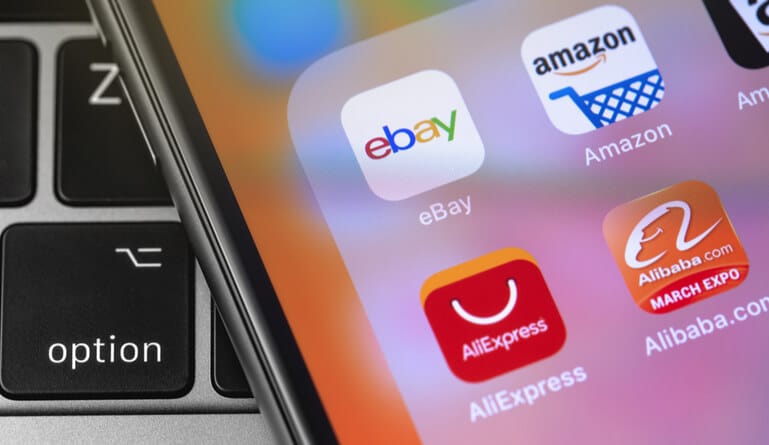As 2019 advances, m-commerce business continues to grow for many companies. According to CPC Strategy, “M-commerce sales are predicted to make up 44.7% of total US e-commerce sales in 2019, up from 39.6% in 2018.” Numbers like that are an indicator of huge possible revenue for business places and no organization can afford to be left out.
The importance of m-commerce
A 2017 survey found in E-commerce Times about mobile commerce noted the following things:
- 65 percent of shoppers planned to make purchases using mobile devices
- 64 percent expected to use mobile to learn about sales, coupons and other deals
- 50 percent would opt-in for push notifications
- 35 percent intended to use smartphone apps to do their shopping
M-commerce has revolutionized the customer shopping experience and brought even greater convenience to both in-person and online transactions. Between mobile payment options and mobile buying apps, m-commerce has changed the business-consumer relationship and dynamic. Here’s how to create the best possible m-commerce experience that will help to improve your m-commerce performance.
Grow your m-commerce performance
1. Ensure security
Data leaks are still disturbingly common and businesses need to be aware of customer concerns about privacy and security. There are several certifications that your mobile app or website can boast to boost customer confidence. You can also prioritize hiring developers who have security certifications who can help build more secure apps and offer a more confident customer experience. This helps to ensure a positive business reputation that can lead to more customer engagement and more consumers trusting your organization with their business.
2. Personalize your solution
AI and algorithms are changing the way customers find new products. Amazon is a leader in this technology and has been able to become the commerce behemoth they are today due to analyzing data patterns and customer behavior to make recommendations that grow revenue and boost overall m-commerce engagement.
3. Make it easy to find new products
Aside from AI-driven recommendations, m-commerce apps should make it easy to find new products. New products can make up a huge amount of new revenue and grow your business. Apps and mobile websites shouldn’t be a static operation – they should be regularly updated with new information that can grow customer engagement. Seeing the same information over and over will reduce customer interest and logins. Keep content fresh and keep new products and service offerings on homepages or headers.
4. Drive traffic to m-commerce
Don’t assume that people will be able to find your m-commerce offerings by themselves; use your marketing to drive them there. More people engage on their mobile device for shopping, research, and news than any other medium, hence the growth of m-commerce. That means social media, email, and other marketing methods are often consumed on mobile devices. Use social media ads, digital banner ads, and email marketing campaigns to drive traffic to mobile experiences or encourage a mobile app download. The more communications that can drive mobile engagement, the higher the likelihood of m-commerce business growth.
5. Use push notifications
One of the best features of m-commerce and mobile apps is the app’s ability to create notifications that automatically pop up on home screens. This is a way to offer consumers information on new products, savings, deals, and other information.
6. Stay on top of the basics
The basic mobile app experience still matters. Unique features can be an important differentiator and help you stand out from the competition, but making sure that things like speed and accessibility are solid is an important factor in getting and keeping customers. Designing for mobile is a priority – making sure that you have high-quality photos and a solid interface that allows customers to navigate easily and see all the content on one page is one of the most important things your m-commerce application can offer. You want to also keep speed in mind, as customers should be able to load new pages and parts of your app without too much waiting. Checkout processes are fundamental in keeping customers – they should be designed to be as streamlined and short as possible and offer convenient payment options.
Many companies offer customers to pay with PayPal or other online payment vendors, so they can login and pay without ever leaving the app or adding additional information like long strings of credit card data. Finally, businesses need to ensure that they aren’t just designing apps to simply have an app and never updating them. Technology continues to change, and so staying on top of best design practices is essential. Ultimately, having a good tech team and employees who are talented and dedicated will be one of your strongest assets to improving your m-commerce performance.
How your business performs in the mobile commerce sphere may have a significant impact on your future and success, particularly if your business is mobile-only based, such as Uber or Wish. Keep in mind these primary factors when developing your m-commerce strategy and approach to help keep your business on track to success in this key segment of the business.


